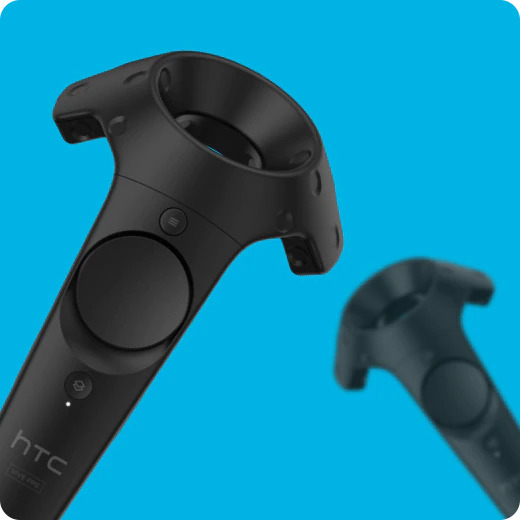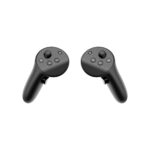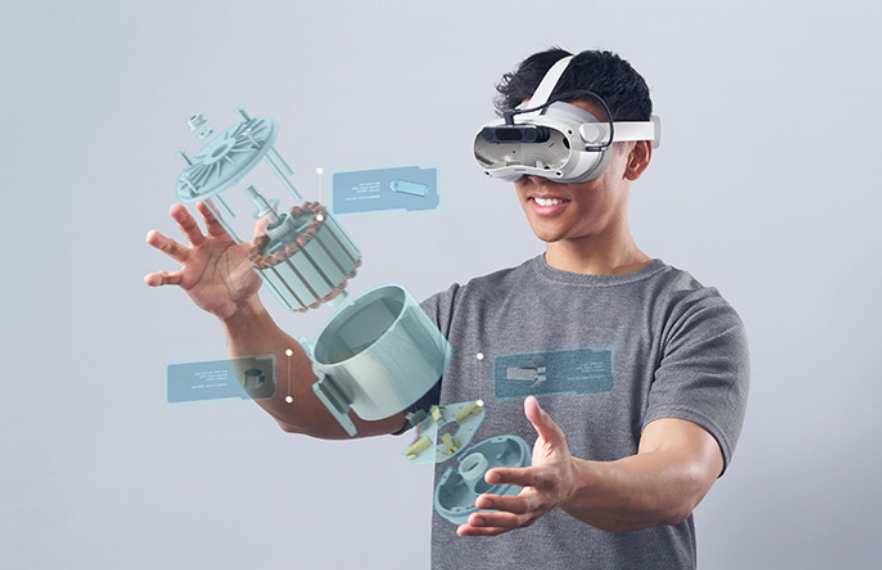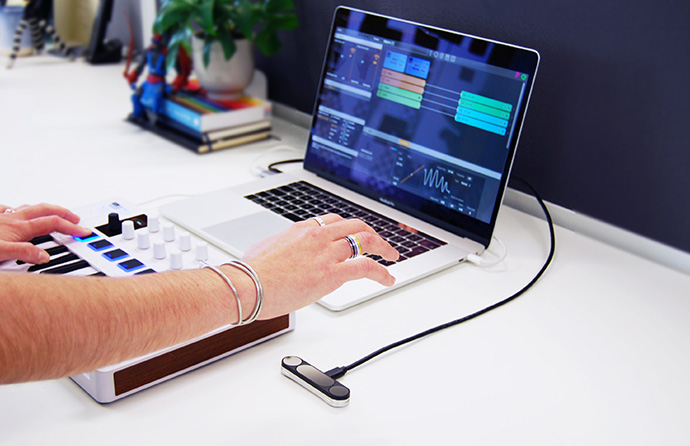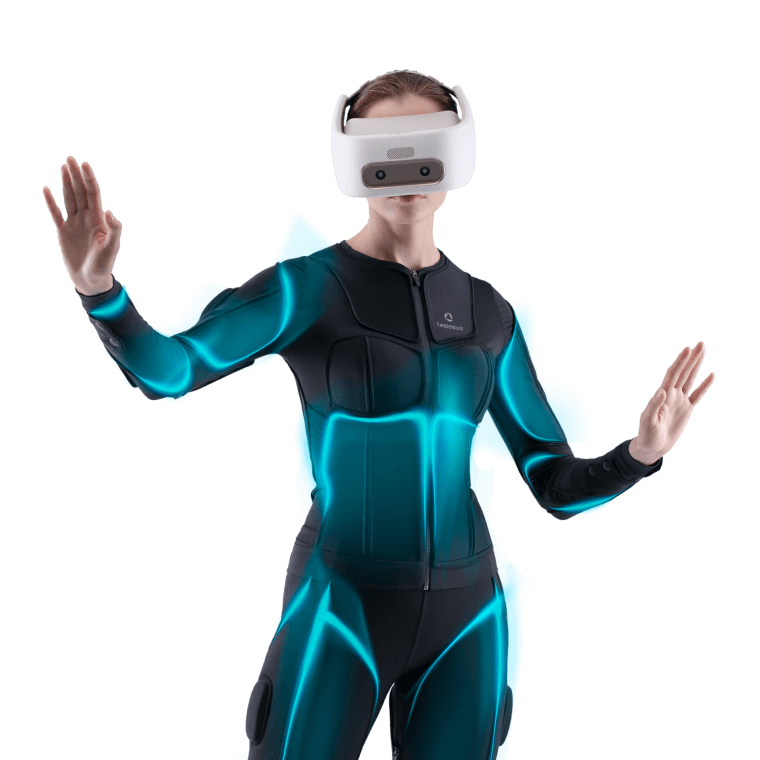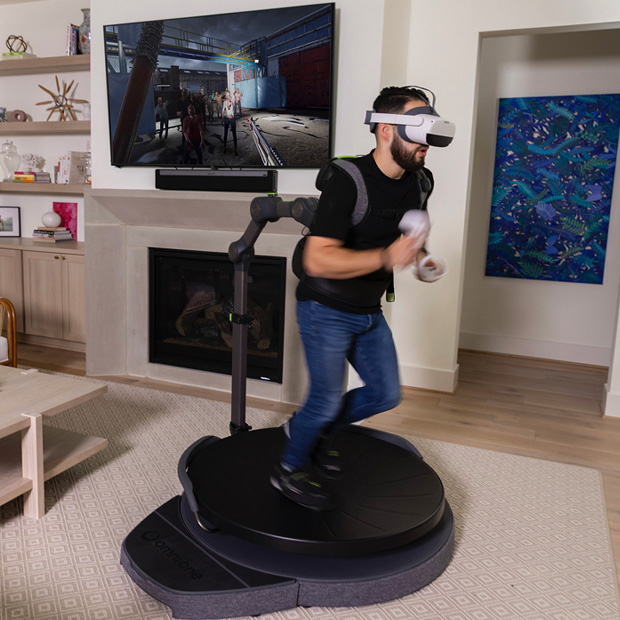A(R)dventure – CoSA | CoSA – Center of Science Activities
For my second impusle blog post I decided to visit an exhibition at the CoSa Museum in Graz together with my fellow student Vinzenz. The A(R)dventure 3: Habitat Red 6. This installation combines augmented reality through Microsoft’s HoloLens with physical interactions, creating an experience that was not only fun & engaging, but also made me think about climate change and the future possibilities of AR technology in the field of interaction design.
The Visit
When I arrived, I was greeted by an enthusiastic member of the Project, who explained the concept thoroughly and helped me get started using the HoloLens. The adventure began as I followed H.I.G.G.S., a digital drone guide, through a fascinating time vortex that took me digitally through the lenses and physically by foot to a habitat on another planet in need of maintenance and care.
The first task was to manage the atmosphere control system. What made this interaction particularly interesting was the combination of physical valve controls with digital displays. As I turned the real knobs, I could see the atmospheric parameters changing on virtual graphs floating in front of my eyes. This immediate feedback loop between physical action and digital response created a natural and intuitive experience.

The next task took me to the power management system, where I found myself adjusting solar panels using a physical turning wheel. Through the HoloLens, I could see a window showing the actual panels moving outside the habitat, demonstrating how my actions directly affected the station’s power supply. This mix of tangible control and virtual feedback made adjusting something as small as a solar panel very important and interesting, and made me realise that solar power is very location dependent.
One of the less interactive tasks was plant pollination. Starting in a physical test chamber, I learned about the process on a small scale through an animation, before seeing it applied to a larger virtual plantation visible through digital windows. This move from small scale learning to larger scale implementation helped by first understanding the concept and then seeing it applied and its effects on the displayed plantation biosphere.
After pollination, the water filtration system needed some attention. Using a physical joystick, I operated a virtual crane to service the water purification system. Replacing an old filter with a new one. The amount of work required to have clean water was highlighted by this task, showing the importance of clean water, something we often take for granted on Earth.

Perhaps the most tactile experience was selecting materials for heat shield repairs. I was able to physically touch and examine different materials while receiving digital information about their properties and suitability for the repair job. This combination of sensory feedback and augmented information created a powerful learning experience about materials science.
The final task involved fine-tuning the habitat’s environmental controls using spring-loaded dials. As I adjusted humidity and other parameters, the digital graphs responded in real time and, importantly, these changes, like all other changes, persisted in the virtual environment, creating an immersive feeling that demonstrated the lasting impact of my actions.

Conclusion
The exhibition successfully communicated its underlying message about the Earth’s ecosystem without hitting you on the head, which is a difficult line to walk. By asking visitors to maintain artificial living conditions, it effectively illustrated the complexity of our planet’s natural systems, which we often take for granted. Each challenge in maintaining the habitat served as a reminder of the Earth’s perfectly balanced ecosystem. All in all, I found it a great experience and would advise anyone to try something similar if they have the opportunity.
Reflection
What struck me most about this experience was how it challenged my previous assumptions about calm technology. As someone researching this area for my Master’s thesis, I had initially leaned towards purely analogue solutions and viewed AR and VR as potentially intrusive technologies. However, Habitat Red 6 demonstrated that a thoughtful combination of physical and digital interactions can create experiences that are both engaging and intuitive. The digital layer added depth and dynamics to the physical interactions, while the tangible elements grounded the experience in reality. This hybrid approach retained the benefits of physical feedback, while using digital technology to provide additional context and visualisation that would not be possible with purely analogue interfaces.
This experience significantly influenced my perspective on interaction design. Instead of seeing analogue and digital as opposing approaches, I now see the potential in combining tangible objects with digital layers of information to create interfaces that offer the best of both worlds. This insight will definitely influence the direction of my Master’s research, opening up new possibilities for designing more intuitive and meaningful interactions.

